Nan Madol Ruins
The ruins of an ancient island city built atop a coral reef in the South Pacific are spectacular and strange enough to have inspired H.P. Lovecraft.
Off the coast of a remote Micronesian island lay the ruins of a once-great city of human-made stone islands. These ruins in the South Pacific represent the remains of megalithic architecture on an unparalleled scale in Micronesia—and inspired the city of R’lyeh in H. P. Lovecraft’s Cthulhu Mythos.
The complex of Nan Madol is constructed on a series of artificial islets in the shallow water next to the eastern shore of Pohnpei island. The site encloses an area approximately 1.5 kilometers long by 0.5 kilometers wide and it contains nearly 100 artificial islets.
Evidence of the earliest human activity dates back to the first or second century B.C., and the construction of artificial islets started probably around the 8th or 9th century A.D. However, the megalithic structures were built between the 12th and 13th centuries, about the same time as the stone construction of the Cathedral of Notre Dame in Paris, or Angkor Wat in Cambodia.
Nan Madol seems to have housed the ruling elite caste of the Saudeleur dynasty. It was a political and ceremonial seat of power. As a means of control of their subjects, the Saudeleur dynasty had succeeded in uniting the clans of Pohnpei. The rulers forced local chieftains to leave their home villages and move to the city, where their activities could be more closely observed.
Most of the islets served as residential areas, but some of them served special purposes, such as food preparation, coconut oil production, or canoe construction. Madol Powe, the mortuary sector, contains 58 islets in the northeastern area of Nan Madol. The centerpiece of the whole complex is the royal mortuary at the islet of Nandauwas, with its 7.5-meter walls surrounding the central tomb enclosure.
The population of Nan Madol was probably more than 1,000 at a time when the whole population of Pohnpei barely reached 25,000. There are no sources of fresh water or possibilities to grow food on Nan Madol, so all supplies had to be brought in from the mainland. The population of the city probably included a large number of commoner servants.
Nan Madol is the biggest center of the culture which left numerous other megalithic structures scattered on neighboring shores and on the main island of Pohnpei; it all can be found in an area of about 18 square kilometers.
Exactly how the giant stones that form the foundation of Nan Madol were put in place is largely unknown. According to local legend, the stones were flown to the location using black magic or other supernatural powers. One folk tale holds that giants moved the massive rocks into place.
The log-shaped blocks of basalt that comprise the city’s walls weigh up to 50 tons each. And there is no evidence to suggest that the Saudeleurs had pulleys or other mechanical means to make it easier to move these heavy pieces of stone.
Archeologists have located several possible quarry sites on the main island, but the exact method of transportation of construction materials has still not been determined.
The network of waterways around the buildings has earned Nan Madol the nickname the “Venice of the Pacific.” But research published in 2023 showed that when Nan Madol was first built, the sea level was nearly one meter (3.3 feet) lower than it is today. It’s possible that the canals and islets are a result of sea level rise over nearly 1,000 years.
Nan Madol had been abandoned by the time the first Europeans arrived, early in the 19th century, most likely declining at the time of the fall of the Saudeleur Dynasty in about 1450. Some have claimed that the ruins are the lost islands of Lemuria, although there is no scientific backing for this claim (or, for that matter, for the existence of Lemuria at all).
Lovecraft used the story of the ruins as the basis for his R’lyeh, a fictional sunken city and home to Cthulhu, that first appears in his short story “The Call of Cthulhu.” “The nightmare corpse-city of R’lyeh,” he wrote, “was built in measureless eons behind history by the vast, loathsome shapes that seeped down from the dark stars. There lay great Cthulhu and his hordes, hidden in green slimy vaults … until the end.”
Know Before You Go
United Airlines offers an island-hopper flight to Pohnpei, which goes east to west on Tuesday, Thursday, and Saturday, and west to east on Monday, Wednesday, and Friday.

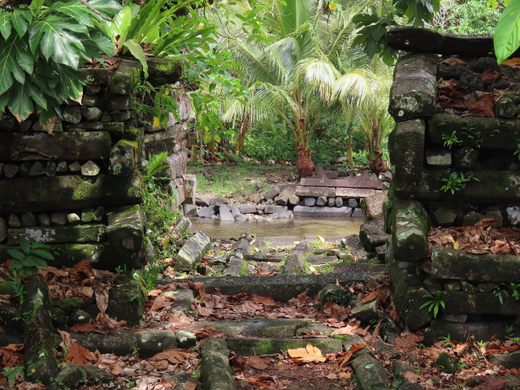

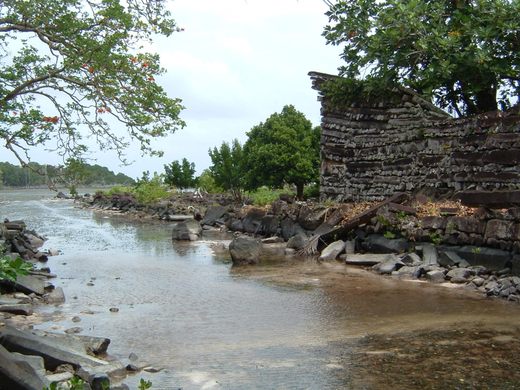



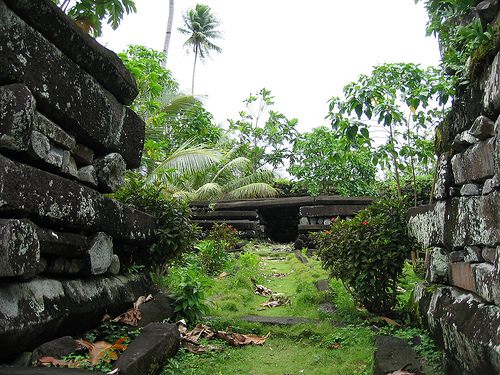









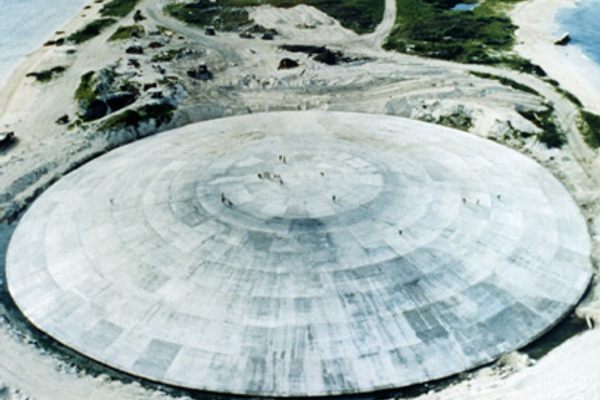




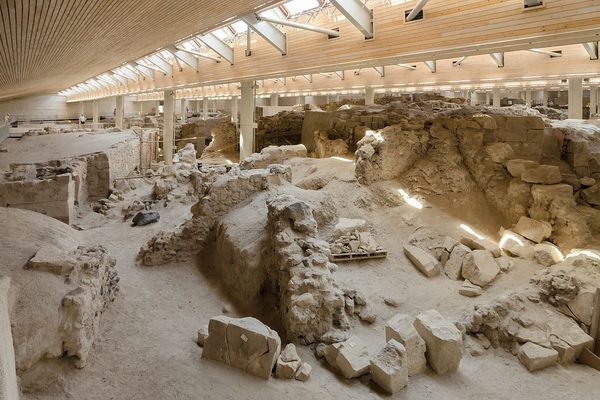



Follow us on Twitter to get the latest on the world's hidden wonders.
Like us on Facebook to get the latest on the world's hidden wonders.
Follow us on Twitter Like us on Facebook